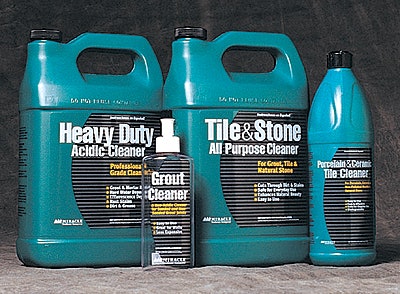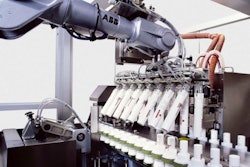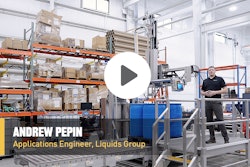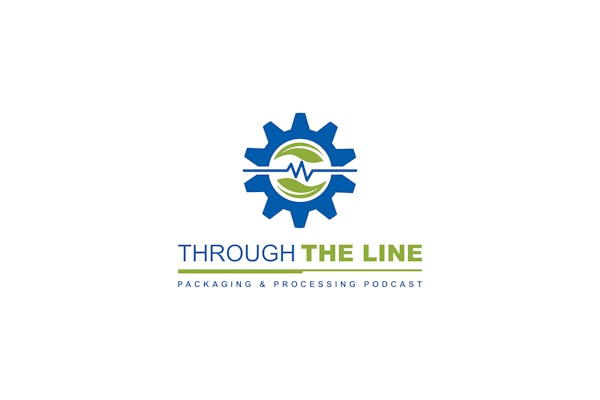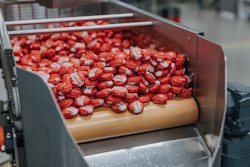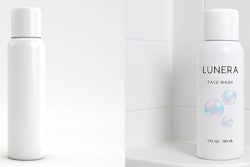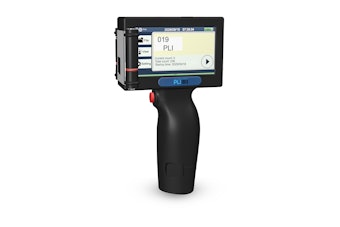At retail, it’s often said that when Wal-Mart talks, manufacturers listen. The same is true for Home Depot for those who make home improvement products. However, a couple of years ago, Miracle Sealants, an Arcadia, CA-based maker of chemical products to preserve and protect marble, stone, and tile, became a reluctant supplier for Atlanta-based Home Depot.
That’s because Miracle Sealants, a family-owned company that served the commercial and institutional market, didn’t want to jeopardize its franchise with contractors and installers. Of course, it was their reputation for high-quality products for contractors that made Miracle Sealants so attractive to Home Depot.
First, the manufacturer began to package its products for Home Depot under the retailer’s own brand name. Then the retailer began to pressure the manufacturer for more attractive packaging that would appeal to the consumer.
“Our company had always grown due to our products, not our packaging,” explains Albert P. Salvo, vice president and head of marketing at Miracle Sealants. “We’d always put our products into white bottles that had a very industrial look. Our feeling was that contractors didn’t want packaging frills; they’d prefer a discount on the price instead. So we never spent any more on packaging than we had to.”
To respond to the retailer’s demands, Miracle Sealants called on Airopak, the molder of its fluorinated containers for help. Airopak is a unit of PVC Container Co. (Eatontown, NJ). Eventually, Airopak’s Manchester, PA, plant installed new equipment that allowed the supplier to produce new teal-pigmented containers in sizes from pints to gallon F-style bottles.
But the project had a tight timetable. Home Depot wanted the new containers for the home improvement industry’s biggest exposition two years ago. That meant that, from concept to finished bottles, Airopak and Miracle Sealants had just six months.
Total repackaging
If the Salvo family had initially been reluctant to move into retail distribution, they proved they weren’t shy about making changes. “Early on, we made a marketing decision to not sell our existing line of products at retail,” Salvo explains. “We wanted to remain loyal to our existing clientele. So we developed a new line of products, not ‘industrial-strength’ like our professional line, along with different price points. We didn’t just change packaging, we also expanded the product line, based on meetings with buyers, reps, and the retailer.”
Some of the new automotive retail chains provided the inspiration for Salvo and his staff. They closely examined the packaging for motor oils and similar products that led them to develop a family appearance for all their products and sizes. Once the bottle color was selected, the sleeve-label graphics were designed in-house. Because the label is printed on a clear substrate, the printing didn’t have to match the bottle color.
“We wanted to come up with a look that quickly communicated our brand and the product function—without the consumer having to read a lot of copy,” Salvo points out. And the buyers from Home Depot were also involved. “The packages and label graphics were ‘co-approved,’” Salvo says. “Our rep took the designs to them before we went ahead.”
New equipment for coextrusion
Although Airopak had enjoyed Miracle Sealants’ business for more than a decade, it recognized the challenge of fluorinating pigmented bottles. Monolayer high-density polyethylene bottles fluorinated in-line were fine, but the company knew it would need to coextrude the tinted bottles with the color on the outside layer and natural HDPE for the inside treated layer. The plant was well equipped to provide those in the pint and quart sizes, but it lacked coextrusion capability for the F-style gallon bottles.
The plant had to retrofit a new coextrusion head and a new extruder to its existing blow-molding line for gallons. “This was the same style of coex head we already employed on our other equipment for the smaller sizes,” says Alan Wood, Airopak’s vice president for sales and marketing. He declined to identify the manufacturer of the coextrusion head or the extruder.
In fact, with the head, the company added two new extruders, so that it could not only make two-layer bottles, but also add a window stripe, a feature not used by Miracle Sealants.
Wood notes that Airopak makes the outer pigmented layer thicker than the natural one inside. This provides the opacity the manufacturer requires, and the fluorination process doesn’t require more than a thin layer to bolster the barrier properties for solvent-based products packaged in plastic bottles.
The bottles could have been treated in an off-line post-treatment process; but because this is applied to the outside of the bottle, it can dull the bottle’s finish and cause some color inconsistency. Plus, according to Wood, the increased production step adds converting cost.
Despite the new bottle’s additional layer, Wood reports that Airopak has been able to maintain the same bottle weights as before from the same bottle molds; the 1-gal size, for example, weighs 150 g. “So the only cost increase is for the colorant,” Wood points out.
New professional bottle, too
Shortly after the manufacturer committed to the new retail bottle, it also decided to repackage the professional line of products. “We hadn’t made any changes to this product line since its inception many years ago,” Salvo reports. “So we decided to upgrade the packaging for our commercial products, too.”
For this line, the company chose a deep blue bottle color that Airopak produces by the same coextrusion and in-line fluorination process. Although the bottles were originally spot labeled, they have just been converted to sleeve labels as well. However, the label graphics have a more industrial look. Salvo says that all of Miracle Sealants’ products are packaged at a network of contract packagers around the country that then ship finished cases of product to one of two company warehouses.
“Since the package change, we’ve increased our sales both in retail and commercial markets,” he says confidently. “But we’d never let the retail part of our business become too large. We wouldn’t want that part of the business to control what we do.”
